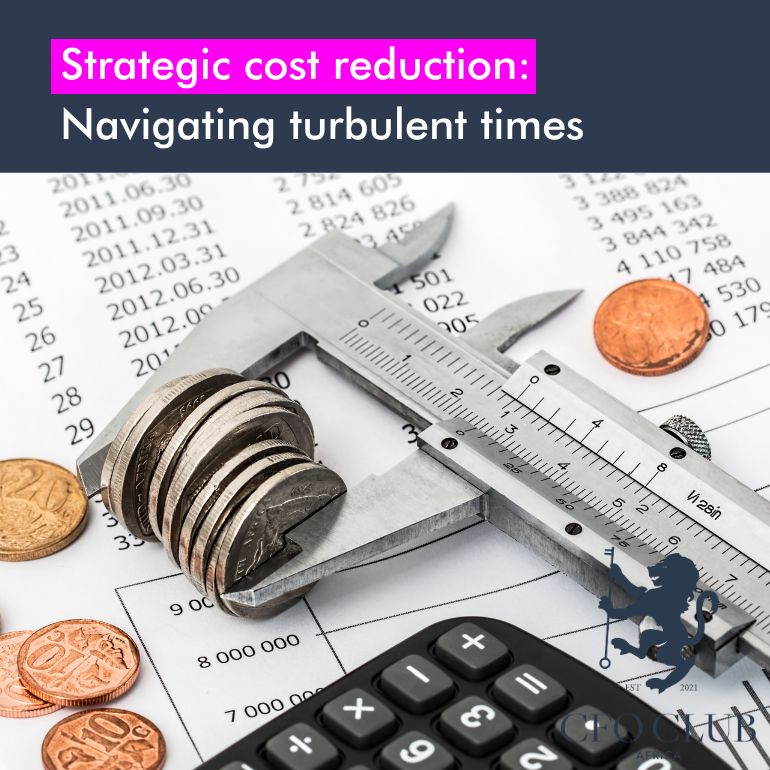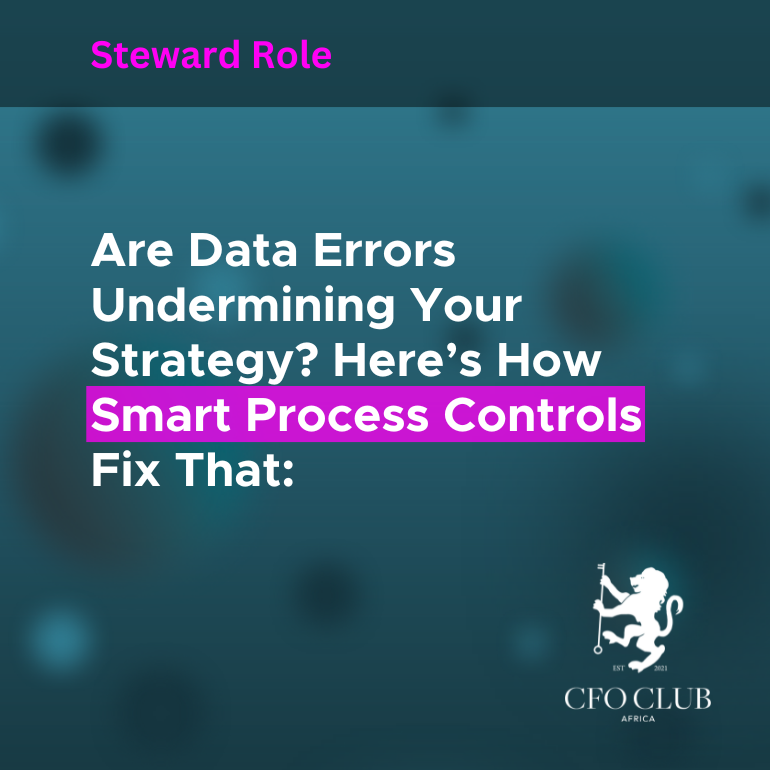When You Say Nothing Clearly, You Say Everything Badly!
When You Say Nothing Clearly, You Say Everything Badly!
Numbers alone won’t get you buy-in. You can have the cleanest spreadsheet in the world, but if no one understands the story behind it, you’ll spend more time defending your results than using them to move the business forward.
Clear financial storytelling isn’t about spinning a narrative to look good. It’s about giving people a straight answer to three questions: What is happening? Why does it matter? What should we do next? When you answer these questions well, you cut down confusion, keep people engaged, and protect your reputation as a finance professional who actually knows what they’re doing.
Start by Being Honest About the Numbers
Stakeholders can smell half-truths. If margins are falling, say so. If a project has run over budget, show the facts. Avoid the urge to “frame it positively” or bury bad news in jargon. You’ll save yourself hours of questions later if you call things what they are upfront.
Being honest about results does not make you look weak. It makes you credible. People would rather hear a tough reality in plain language than get vague reassurance that everything will be fine.
Explain What’s Driving the Results
A monthly or quarterly pack filled with figures is not enough. You need to connect the dots. Did revenue slip because of pricing decisions, customer losses, or something external? Are costs up because you invested in capability, or because expenses are out of control?
If you don’t explain the cause, people will assume the worst or make up their own story. Either way, you lose control of the message. Good financial storytelling puts you back in charge of the narrative by giving context before anyone has to ask.
Show the Link Between Performance and Strategy
One of the fastest ways to lose trust is to report numbers as if they exist in a vacuum. Stakeholders want to see how the results tie back to the goals you set. If you promised higher profitability and didn’t deliver, explain why. If you invested in new systems that pushed costs up, show how that decision will pay back over time.
When people can see the connection between performance and strategy, they’re far more likely to stay supportive, even when results are not perfect.
Keep Your Language Simple
Most finance professionals underestimate how much jargon they use. Terms like EBITDA, free cash flow, or working capital might be second nature to you, but not everyone in the room feels the same. When you explain financial concepts in plain English, you make it easier for people to engage.
Instead of saying, “We saw margin compression due to unfavourable mix,” try, “We sold more lower-margin products this quarter, which reduced our overall profit.” Clear beats clever every time.
Use Visuals to Back Up Your Story
Graphs, charts, and tables help people see trends faster. But visuals should support your message, not hide the detail. Pick one or two visuals that reinforce your main point and make them clean and easy to read. Avoid slides packed with small numbers and tiny labels. If your audience needs a magnifying glass, they will stop listening.
Set Expectations for What Happens Next
Stakeholders don’t just want to know what happened. They want to know what you’re going to do about it. Be specific about next steps, timelines, and what they can expect to see in the next report.
If you are implementing changes to fix an issue, explain how you will measure progress. If you expect volatility, be upfront about that too. Surprises are what erode trust. Clarity, even when the news isn’t great, keeps people on your side.
The Bottom Line
Clear financial storytelling is not about presentation skills or clever language. It’s about being honest, consistent, and focused on what matters. It positions you as the finance leader who doesn’t just deliver numbers, but makes sense of them.
When you do this well, you make it easier for clients, boards, and teams to trust you. You protect your credibility, and you prove that finance is not a back-office function, it’s the engine room of smart decisions.
If you want to stand out, start telling the financial story clearly. Show people what’s happening, explain why, and make sure everyone knows what comes next.





